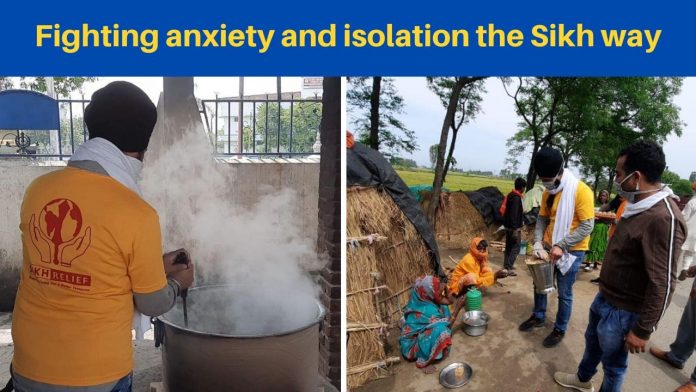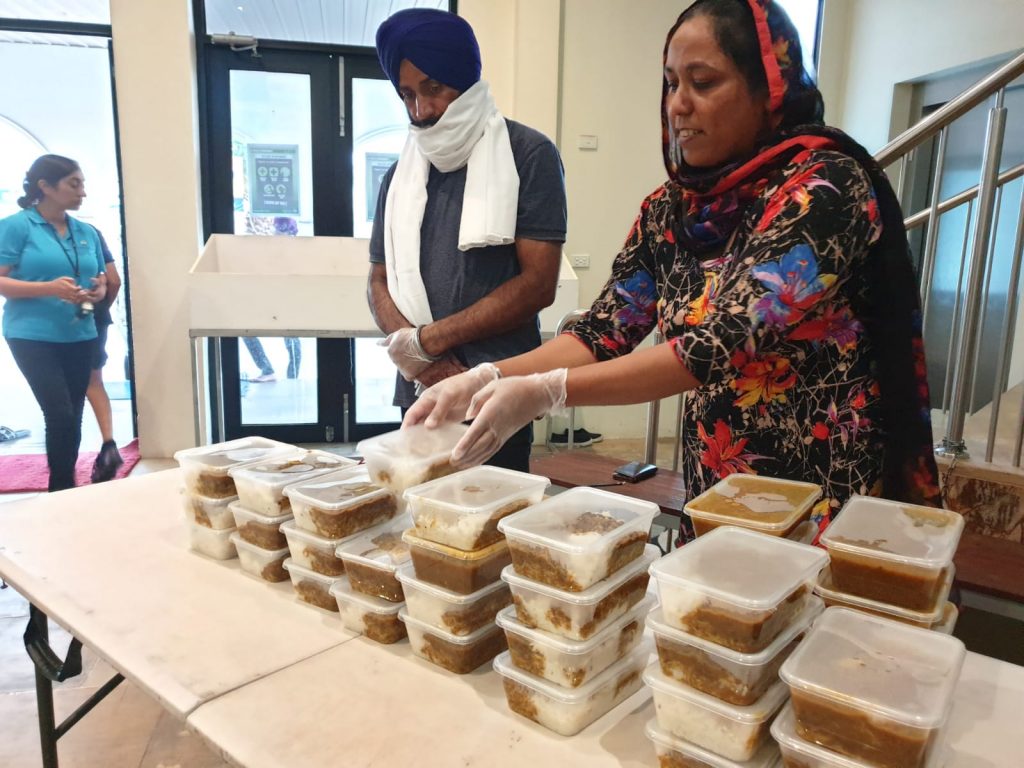
The anxiety of living through a pandemic is hard enough as it is. Add the constant onslaught of news and posts about the virus, and it’s hard not to feel overwhelmed with doubt and despair.
When we’re collectively consumed by the negativity around us, it can feel like the world is crumbling. It can be hard not to be sucked into that overwhelming uncertainty. In moments like these, I find it helpful to find the silver linings, the positive stories that remind us of goodness and instill a sense of hope.
I’m not alone in this approach. One of the wisest voices of our time, Fred Rogers, spoke of a similar practice.
“When I was a boy and I would see scary things in the news, my mother would say to me: ‘Look for the helpers. You will always find people who are helping.’”
We can see these folks all around us today. From health care workers and garbage collectors to bus drivers and delivery persons, we are feeling and witnessing a groundswell of appreciation for people whose contributions are often unnoticed in our society.
Some of the most inspiring efforts I have seen so far are coming from Sikh communities all around the world. They are at the global epicenter in New York City, packing tens of thousands of meals for those without access to food. They are setting up drive-up services in the United Kingdom, offering shelter to those affected in India and delivering groceries to those who need it in Australia.
Even as Sikhs around the world celebrated Vaisakhi, the most significant date on their calendar, they have remained focused on distributing food and supplies to those most affected by the pandemic.
There are hundreds of Sikh communities globally who are risking their own lives to serve those affected by COVID-19, and perhaps the most remarkable thing is this: All of these are grassroots efforts; there is no central organizing body asking Sikhs to serve. This is a value so deeply instilled in the Sikh tradition that in the wake of a global pandemic, stepping up to serve becomes the natural response.
Where does this instinct come from? Are there particular practices and teachings that ask Sikhs to act in this way?
There’s a lot one could say in terms of theological teachings that speak to the Sikh tradition of selfless service (seva), and I have elsewhere. But what I find most instructive is the availability of models that tell Sikhs how to respond in challenging times.
The most direct example comes from the life of the eighth guru, Guru Harkrishan Sahib, who was in Delhi when a smallpox epidemic broke out in 1663. Instead of shutting himself off from the world, he served those who were infected. The young guru eventually contracted the disease and died. He serves as an exemplar of selfless service, and just as importantly, reminds Sikhs today that we have a responsibility to engage in seva.
Guru Harkrishan’s example is a helpful one, but it’s not the only way to think about how we can serve those around us. We don’t need to sacrifice our own health to engage in seva. There are other things we can do.
We can leverage our wealth and our access to wealth. While many of us have responded to the crisis by hoarding resources and stocking up on supplies for the future, we can see from the lives and actions of the Sikh gurus how powerful it can be to use our wealth to provide for others.
For Sikhs, this practice goes back to the very beginning of the tradition. One of the first accounts most Sikhs learn about the tradition’s founding figure, Guru Nanak, concerns the time his father gave him money to purchase some groceries from the nearby town. Young Nanak stopped along the way and gave the money to some impoverished people he met. When his father got upset at him for wasting the money, Guru Nanak replied by asking: “What better investment could one make than to give to those who need it most?”
This lesson aligns with the foundational Sikh teaching of vand chakna — that first we must share whatever we have with others before enjoying it ourselves.
The imperative to feed everyone freely and indiscriminately is institutionalized at Sikh places of worship. From the earliest years of the faith, people of all backgrounds have been welcome to come join for langar, a free meal with no strings attached. This tradition continues in gurdwaras all over the world today.
This spirit is reflected in the way Sikhs are serving their communities during the pandemic, transforming the meals traditionally offered in our own houses of worship to meals offered in grocery deliveries and drive-up services.
If seva is foundational in Sikhi’s history, it is also foundational in its theology. Most inspiring to me, seva is foundational in a pragmatic sense, in that it effectively mobilizes selfless service.
None of this should be surprising given the rich history of Sikh service. Yet it is touching, especially at a time when our desire to help is at tension with the need to keep physical distance from one another.
Sikhs find a way through this tension because finding a way to serve is what Sikhs are wired to do. So when you feel lost and overwhelmed and unsure of what to do, follow the wisdom of Mister Rogers and his mother – look for the helpers.


